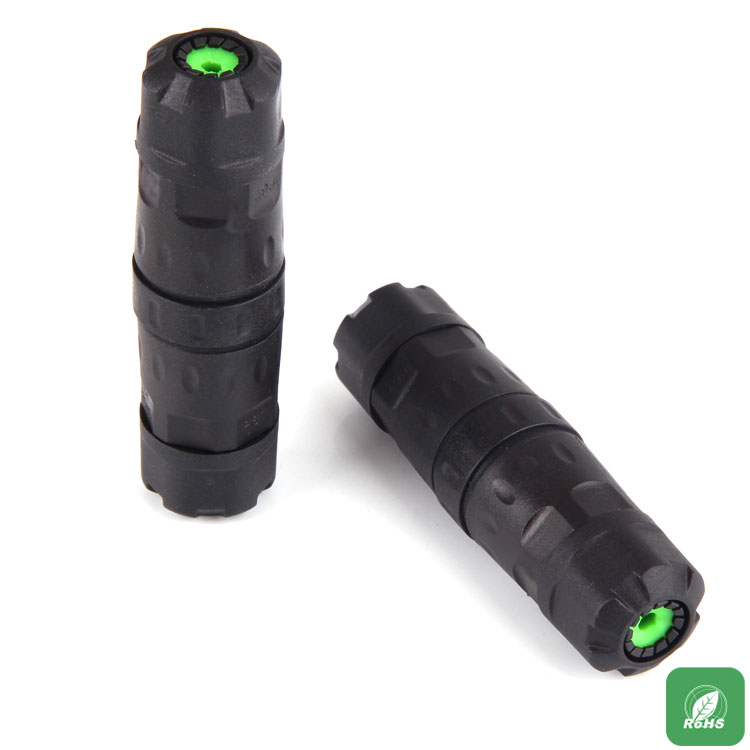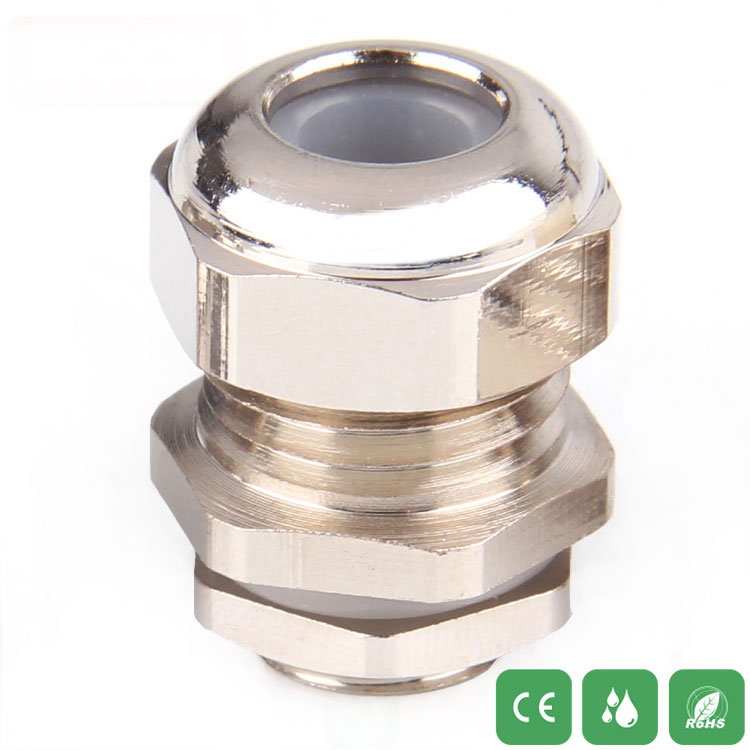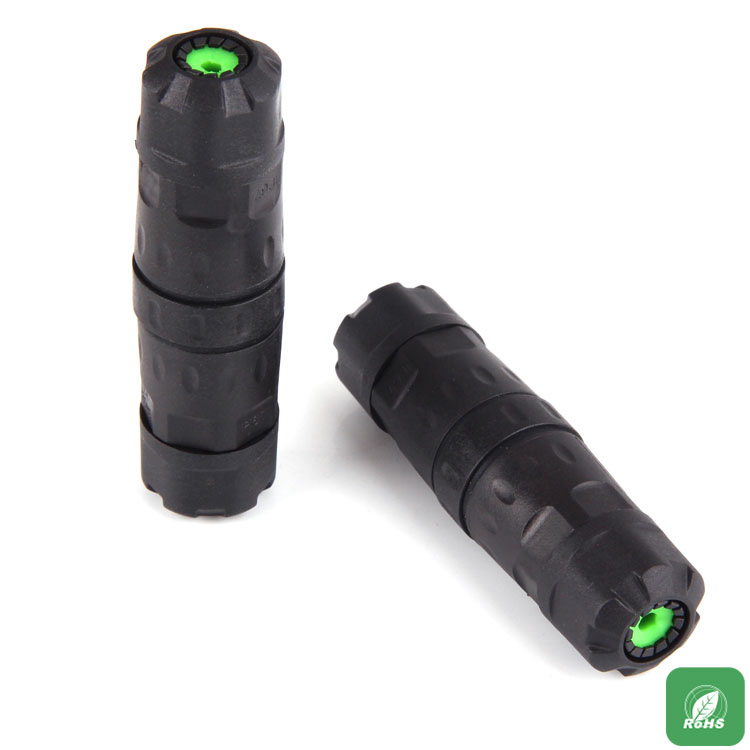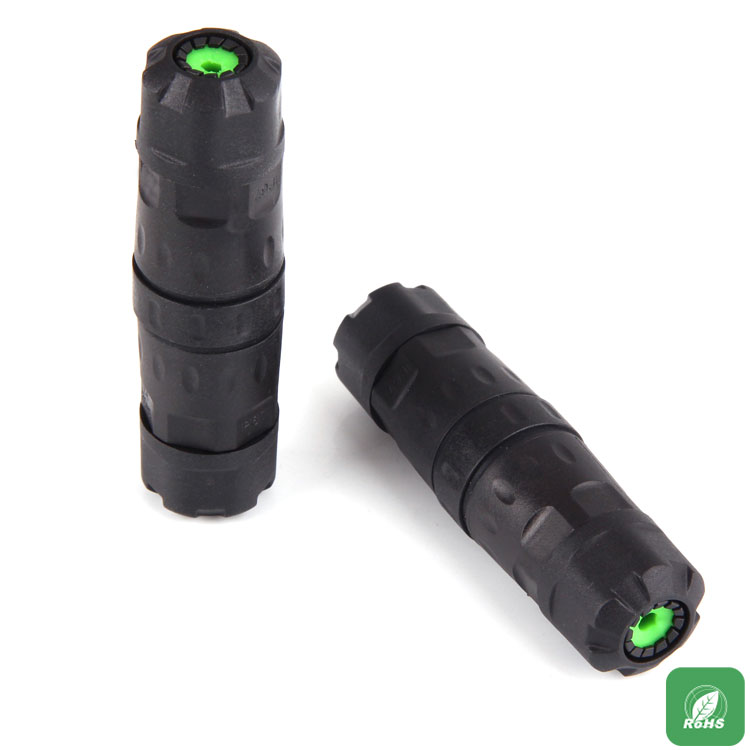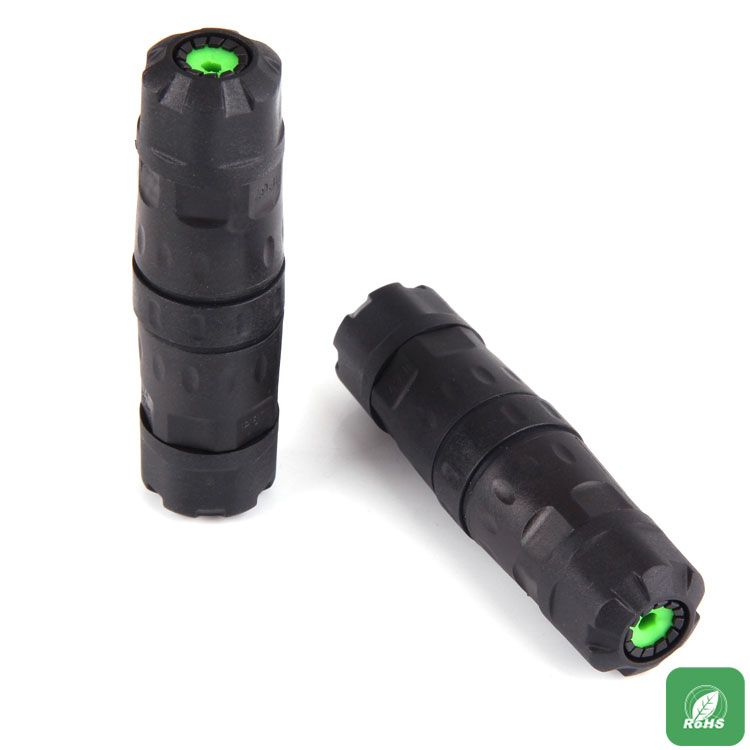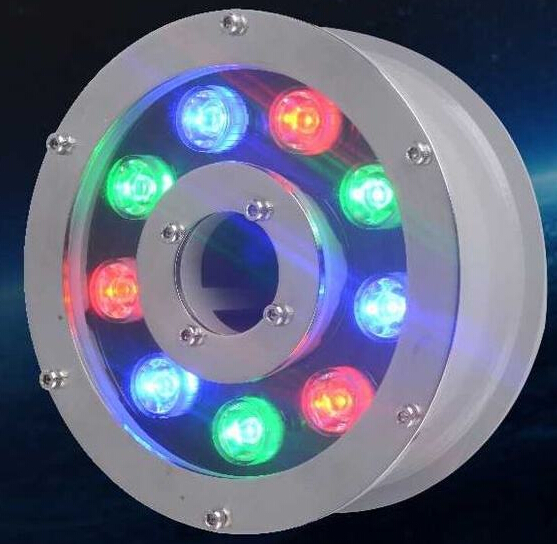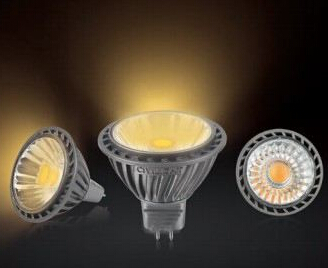For headlight products, luminous flux density is one of the important indicators for LEDs used in the design of headlights. Generally, the minimum luminous flux of the four-crystal car headlight LED, OSRAM, Nichia and other brand products is 1200lm, which is converted into luminous flux density of 215 lm/mm2 or more. The greater the luminous flux density of the LED, the greater the light intensity. From the perspective of optical design, the maximum light intensity at the center of the module is the highest, which makes it easier to increase the optical efficiency of the module. In addition, the market for headlamp LEDs is increasing, and many mainstream manufacturers have introduced single crystal LEDs for use in near-lights.
For matrix headlamps, the light source must have higher LED light flux extraction efficiency, higher optical system total efficiency, better light uniformity, simpler and more flexible optical structure design, and need to be matched with intelligent control system. In order to show its best performance.
Vehicle drive development trend

In terms of vehicle drive, from a typical car driving a single LED or multiple strings of LEDs, a DC/DC converter is basically required to accurately provide a fixed LED current to achieve uniform brightness and color saturation. The converter must also protect the LED from the voltage changes caused by the car driving, causing damage to the LED. The DC/DC converter must target the number and type of multiple strings of LEDs, as well as their functions in various applications such as headlamps. Optimized design for taillights, directional lights, in-car reading lights, instrument panel backlights or central control panels.
However, the driver IC affects the advantages and disadvantages of the DC/DC converter. Therefore, the driver IC of the vehicle differs from the characteristics of the non-vehicle driver IC in terms of reliability, safety, EMI, heat dissipation, and cost, but the requirements are stricter. The challenge is also increased. For example, in terms of reliability, the vehicle driver chip should ensure the reliability of the system instead of pursuing the reliability of the chip. It is necessary to increase the function of LED open/short circuit, over current and overheat protection on the driver IC to ensure the stability of the drive; In terms of performance, the driver IC is very important for the error detection of the operation and the stability of the data transmission architecture. In terms of EMI electromagnetic interference, the vehicle driver chip should reduce the complexity of the EMI solution, and the circuit architecture needs to be simplified. Therefore, the integration of versatile driver ICs will be a key factor.
















 RCCN WeChat QrCode
RCCN WeChat QrCode Mobile WebSite
Mobile WebSite